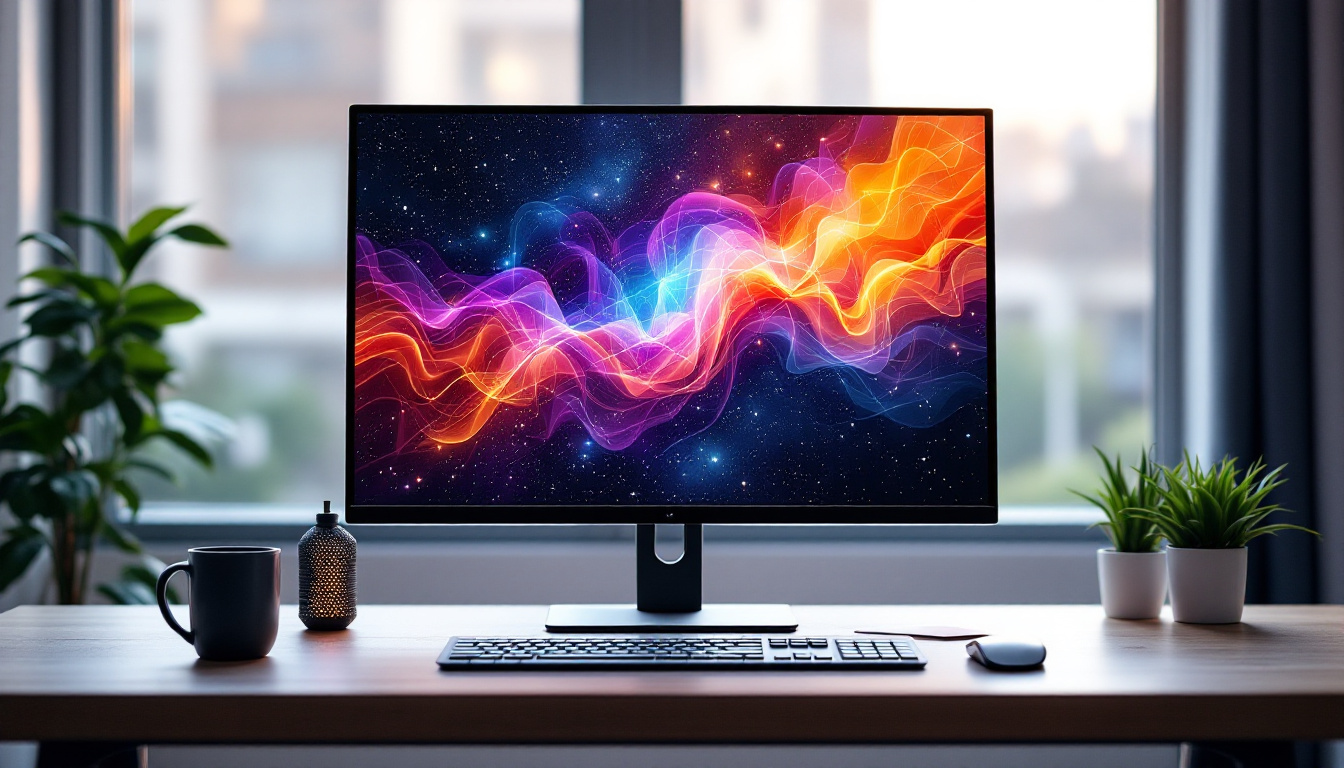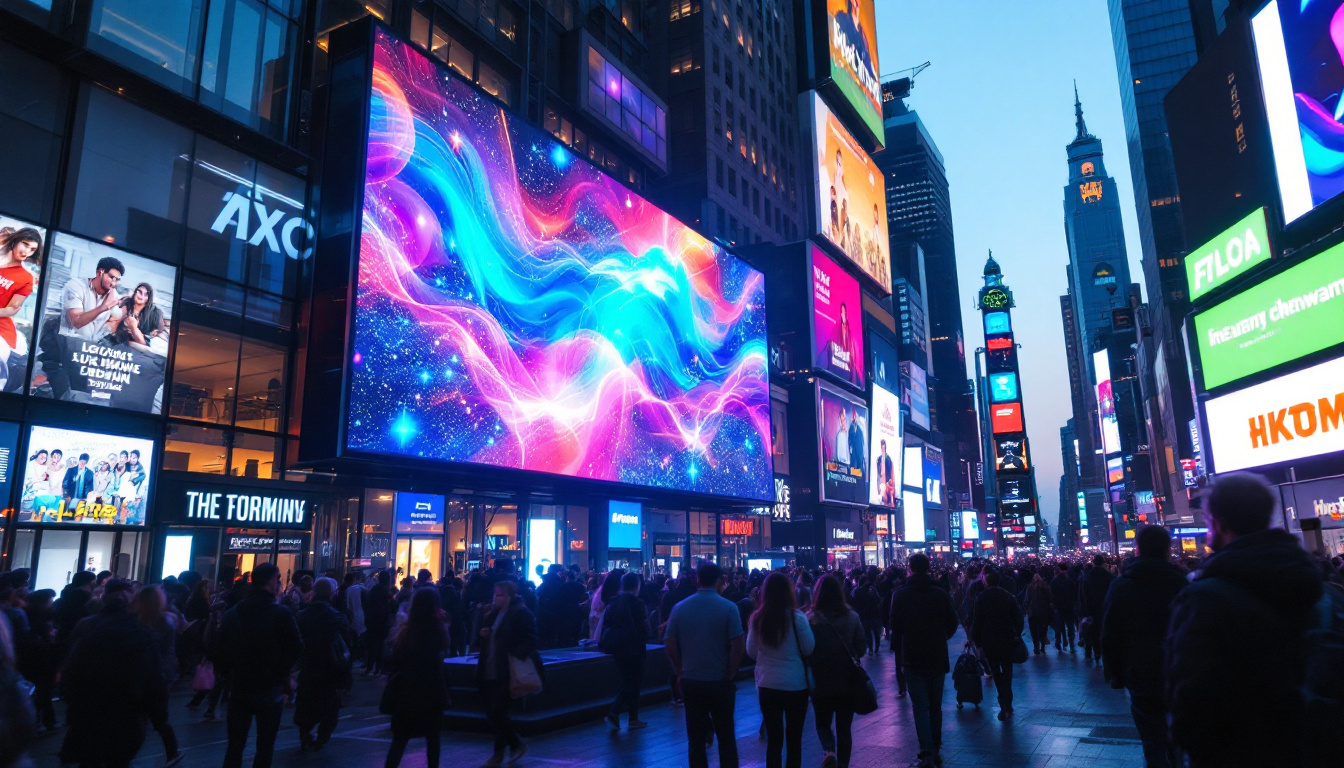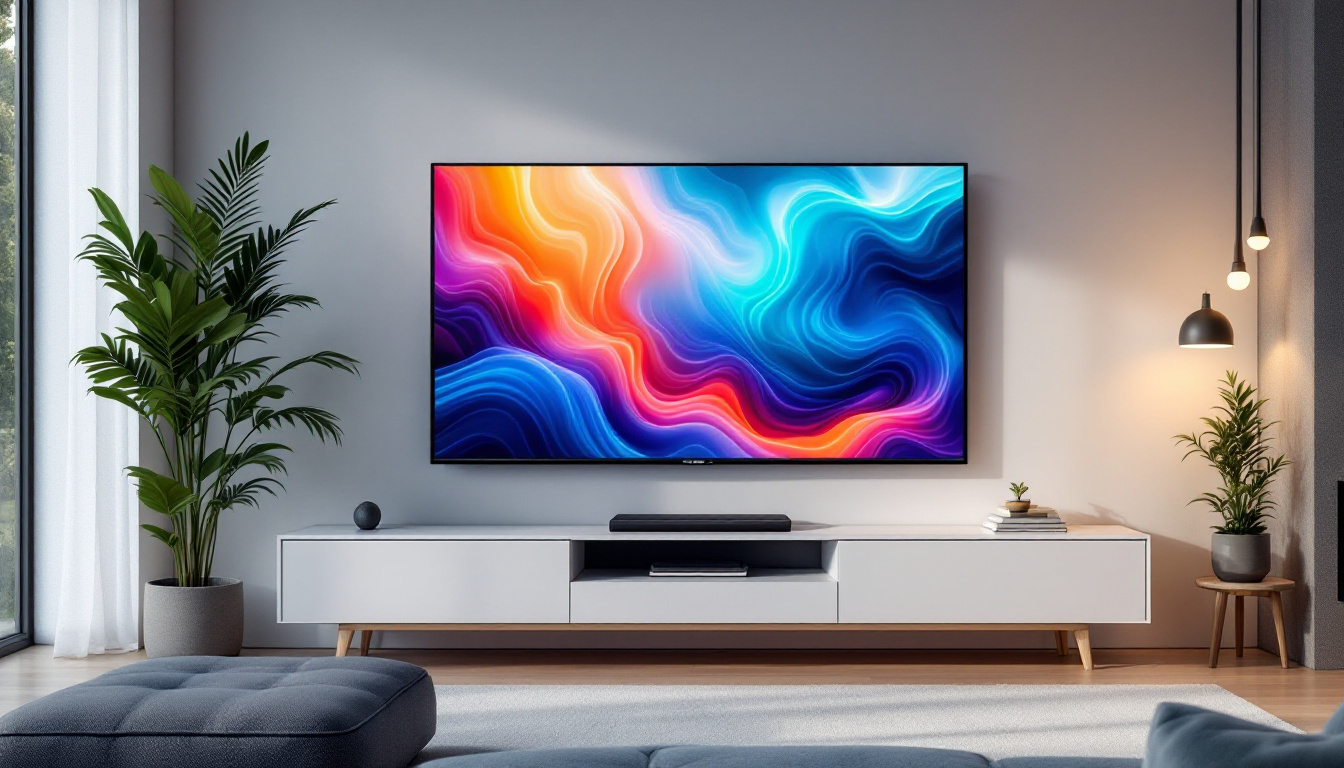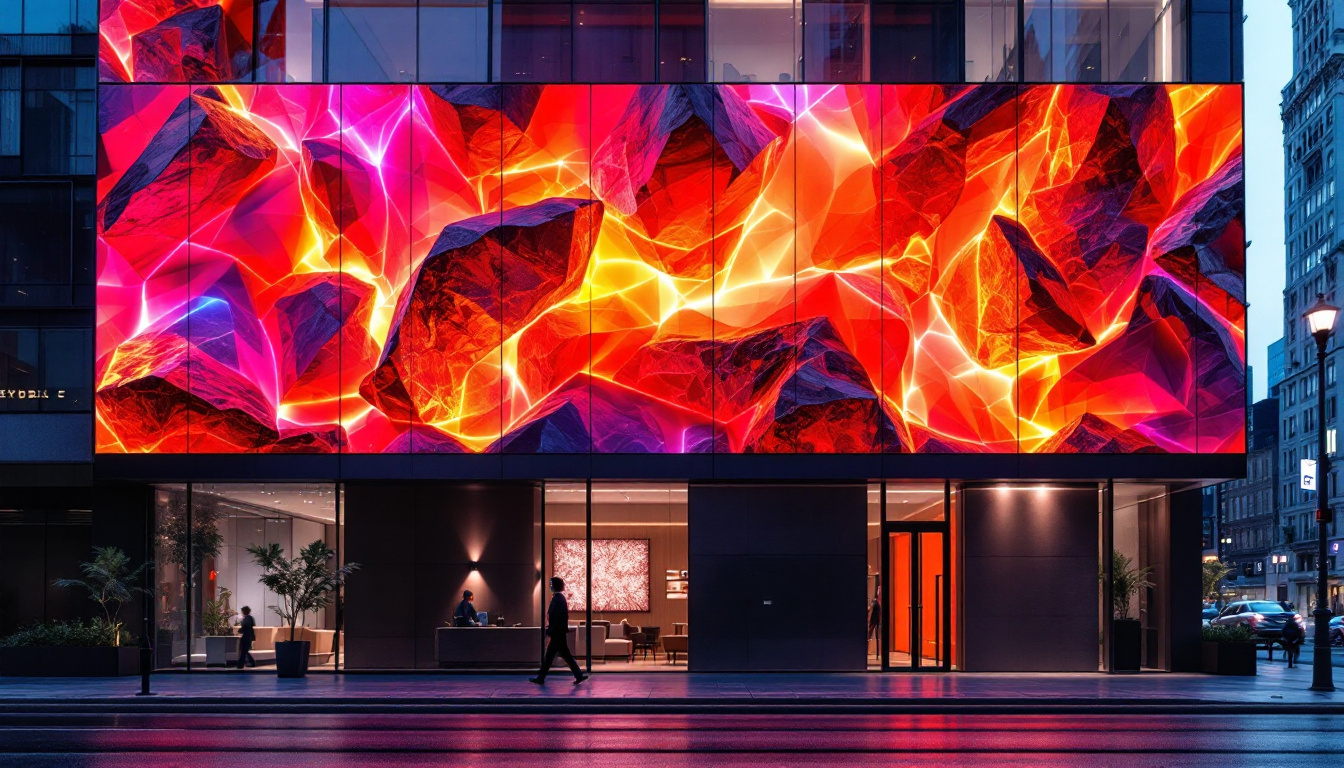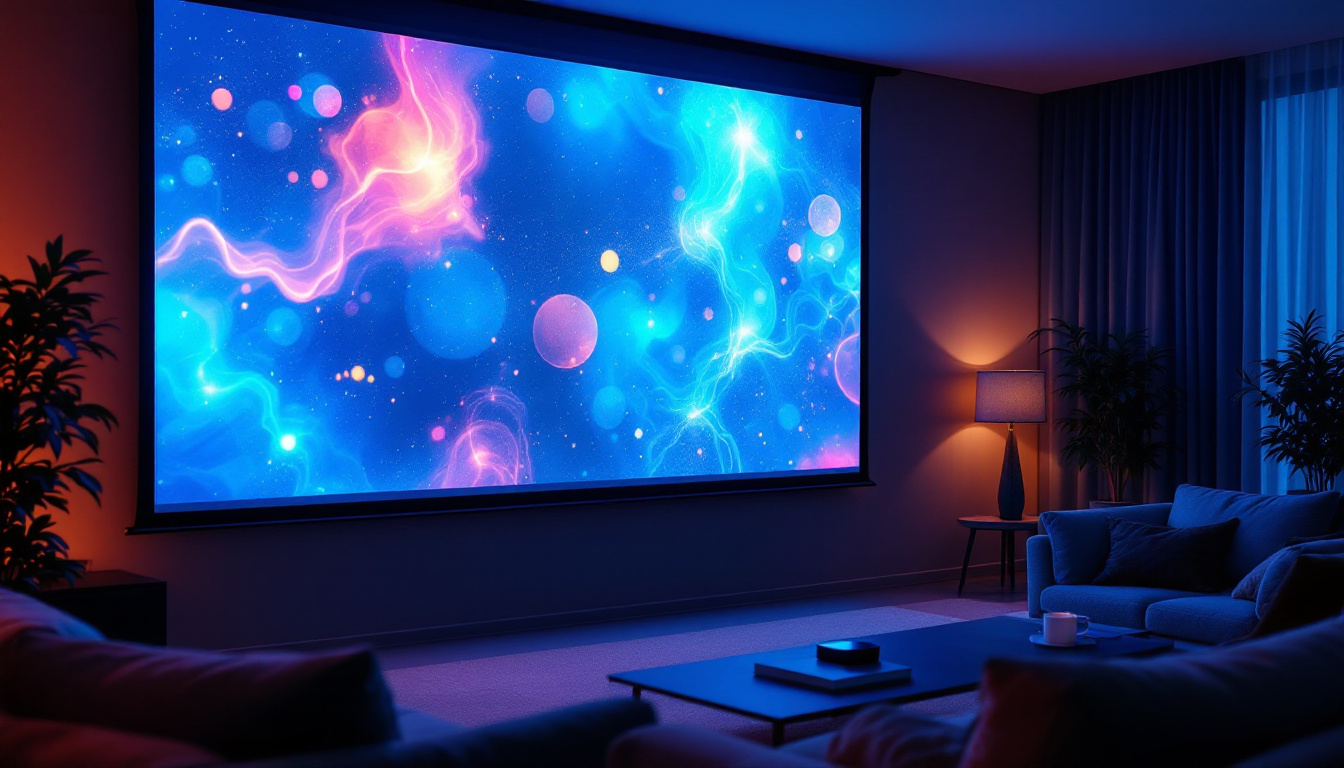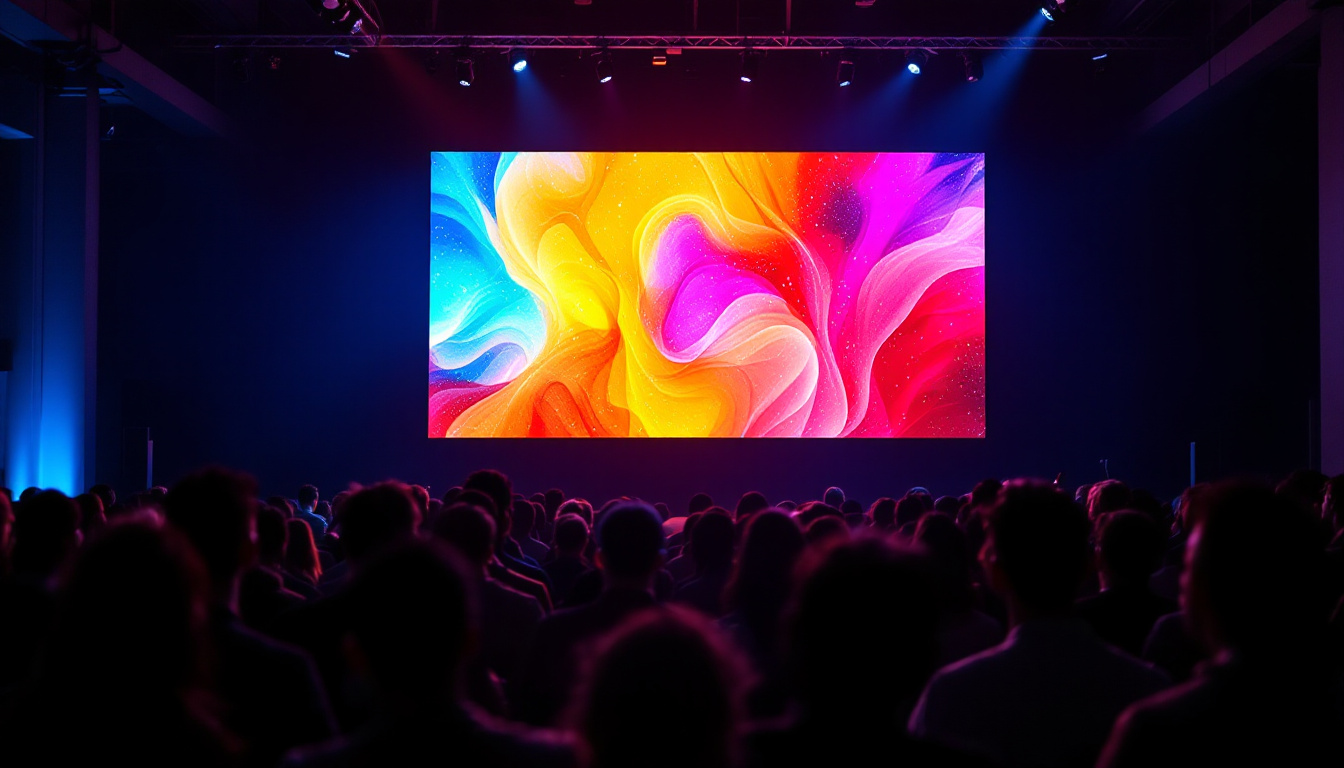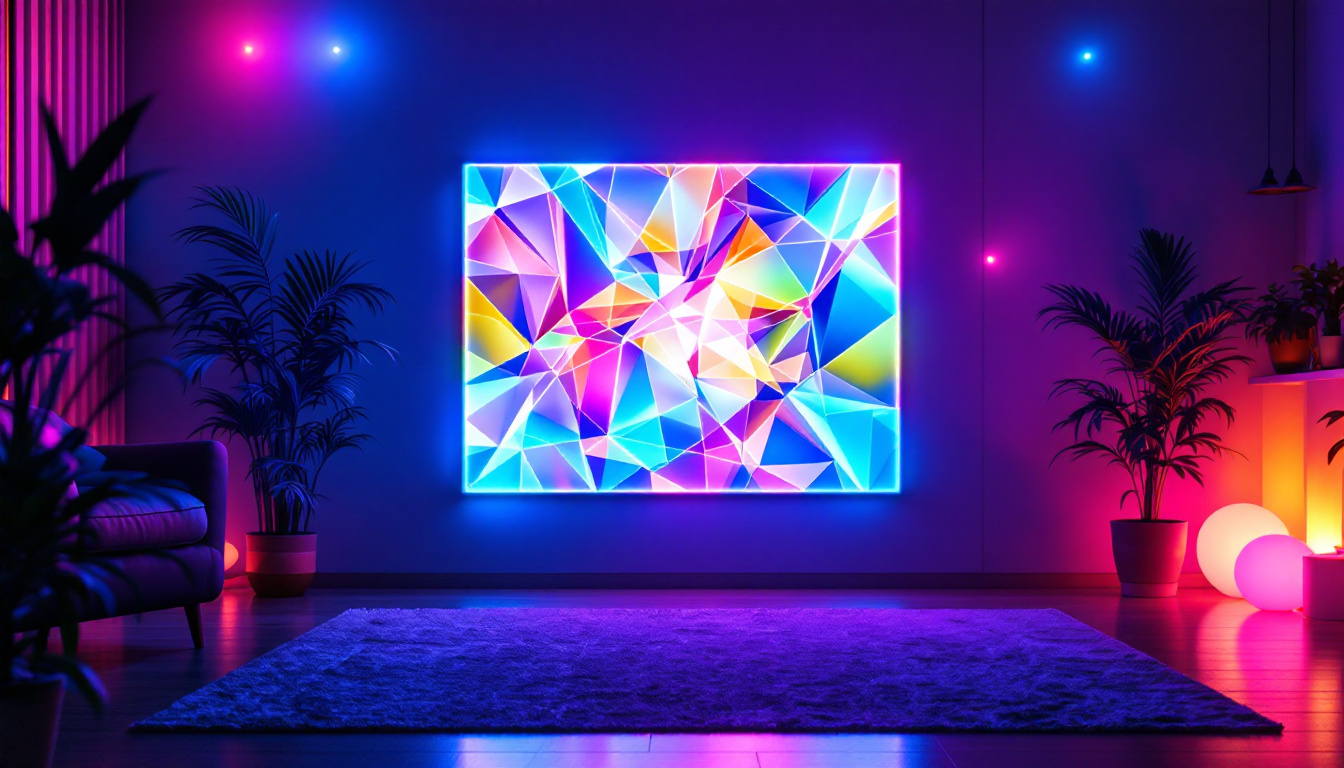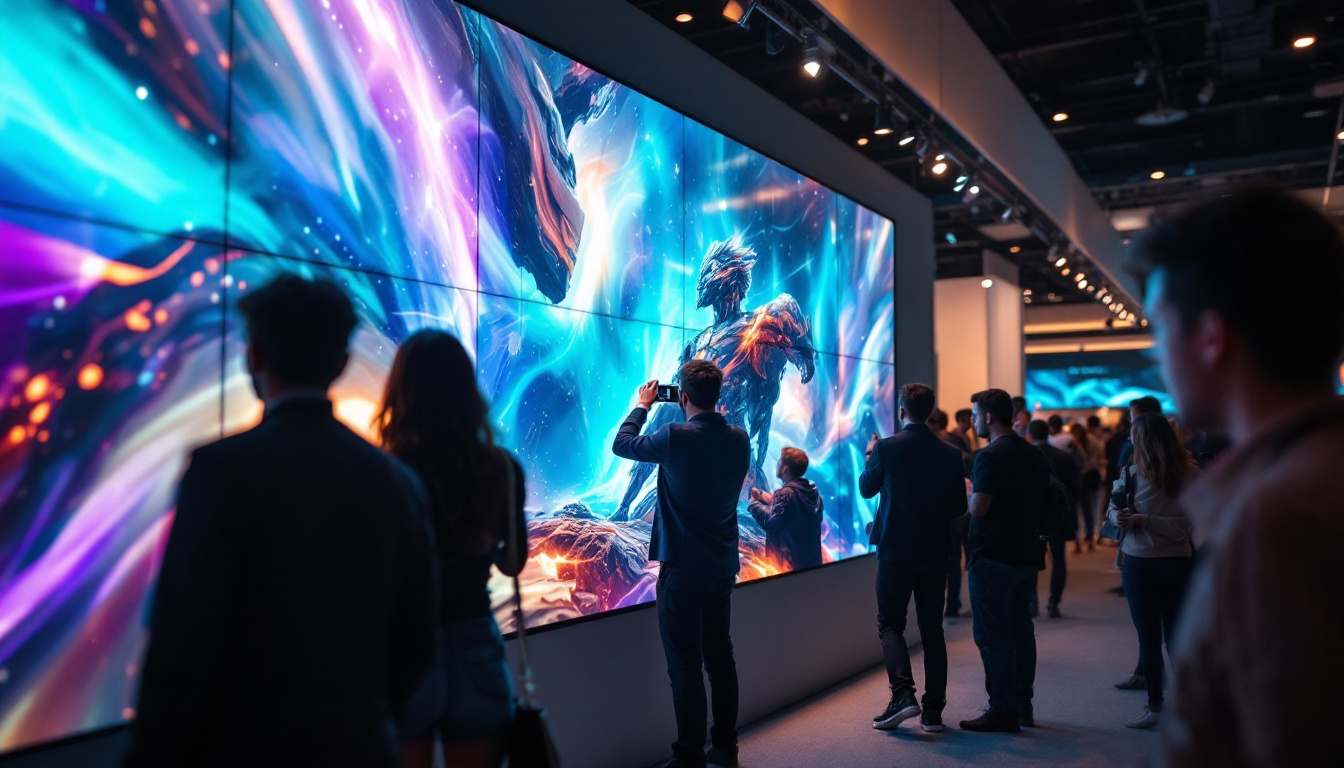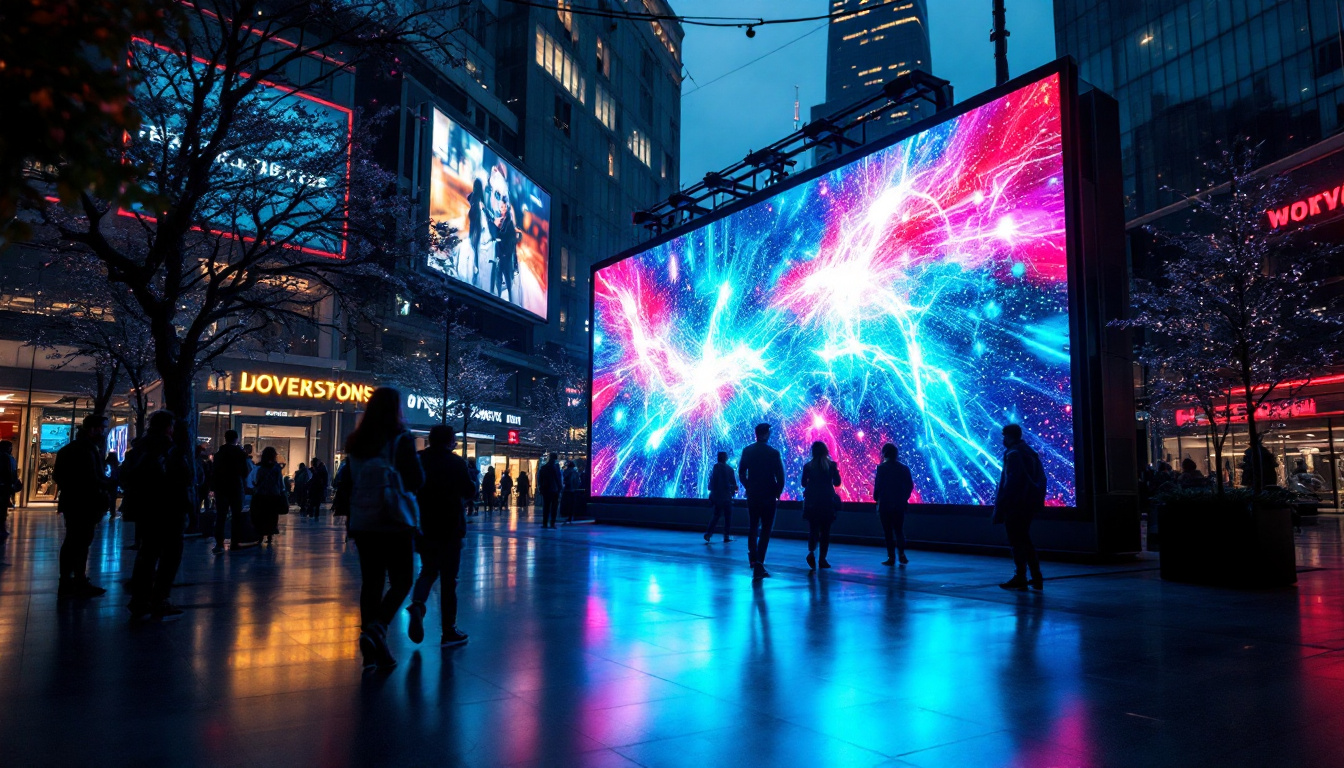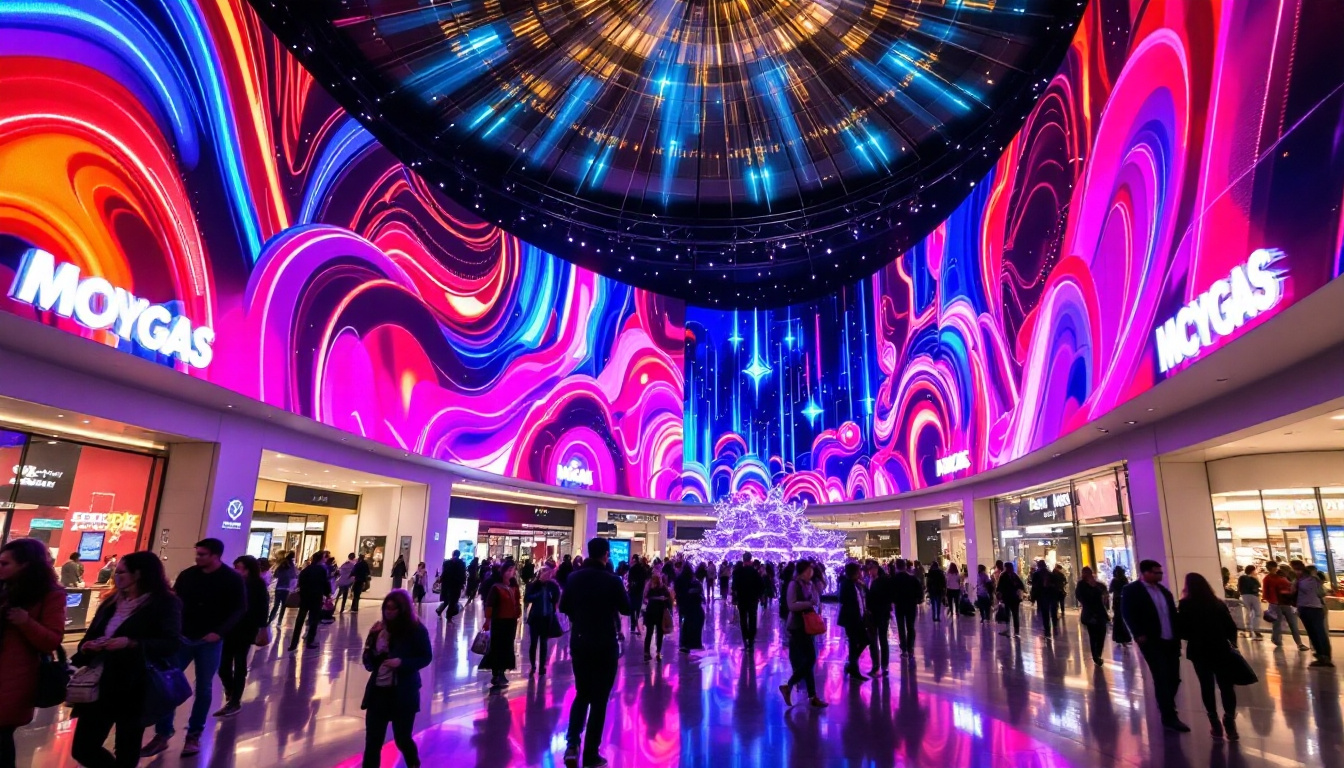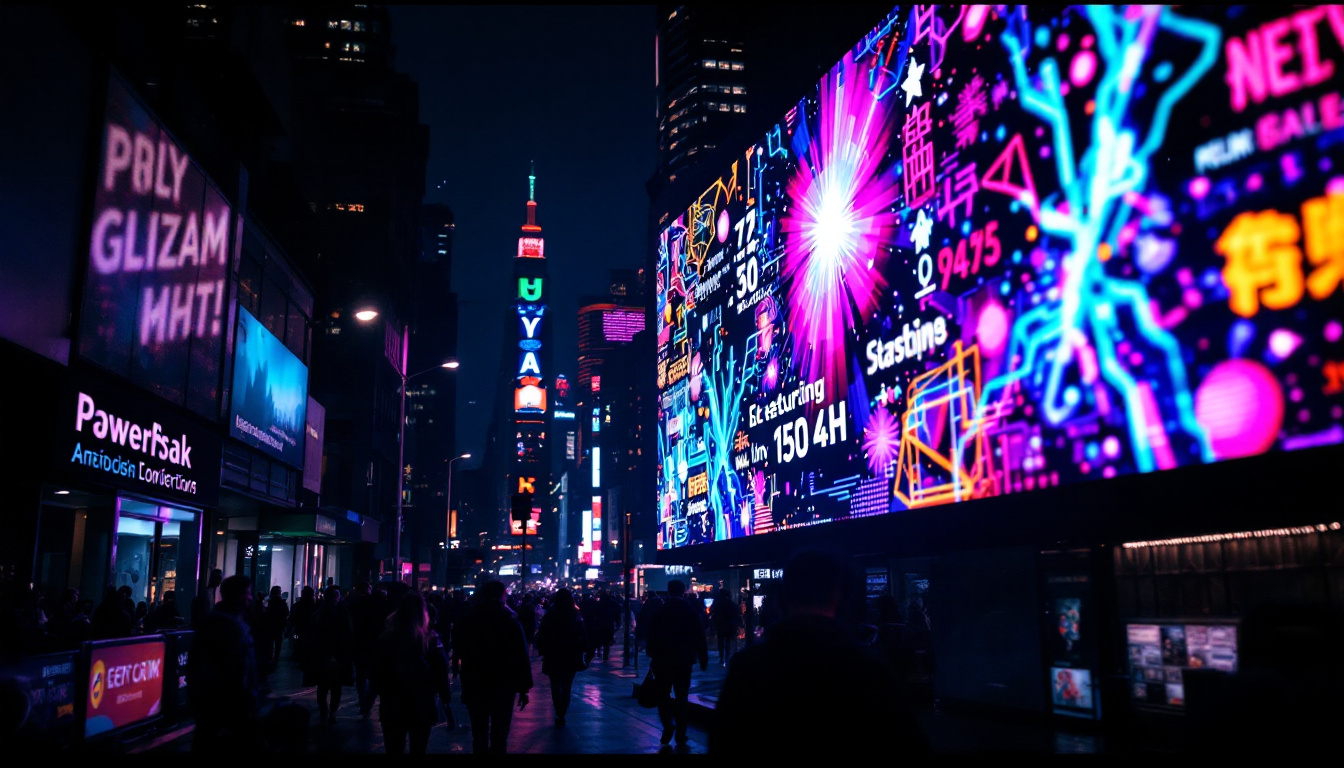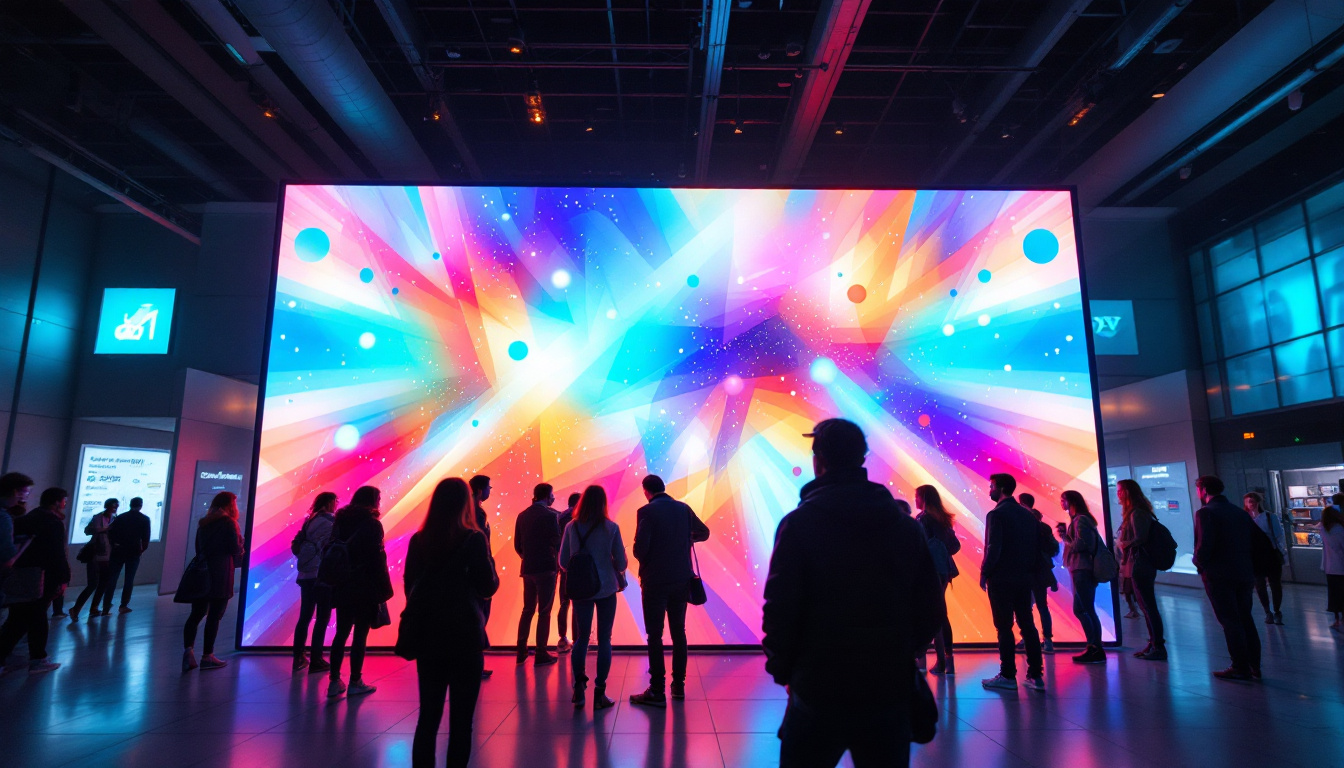In an age where digital interaction is paramount, the size of computer monitors has become a crucial factor for both productivity and entertainment. As technology evolves, the demand for larger screens continues to rise, leading to the development of impressive LED displays. This article delves into the largest computer monitor sizes available, the technology behind LED displays, and the benefits they offer to users.
The Evolution of Computer Monitors
The journey of computer monitors has been remarkable, transitioning from bulky cathode-ray tube (CRT) displays to sleek, high-resolution LED screens. Early monitors were limited in size and resolution, often leading to eye strain and a less-than-ideal user experience. However, advancements in technology have paved the way for larger and more efficient displays.
From CRT to LCD and LED
In the late 20th century, CRT monitors dominated the market. These heavy and bulky devices were eventually replaced by liquid crystal displays (LCDs), which offered a thinner profile and better energy efficiency. The introduction of LED technology further enhanced the capabilities of LCDs, providing brighter images, improved color accuracy, and a wider range of sizes.
LED monitors utilize light-emitting diodes to illuminate the screen, resulting in enhanced brightness and contrast ratios compared to traditional LCDs. This shift not only improved the visual experience but also allowed for the creation of larger screens without compromising on quality. Furthermore, the advancements in display technology have led to the development of 4K and even 8K resolution monitors, which offer an unprecedented level of detail and clarity, making them ideal for high-definition gaming and professional graphic work.
The Rise of Ultra-Wide and Large Monitors
As the demand for immersive experiences grew, manufacturers began to produce ultra-wide and large monitors. These displays, often exceeding 30 inches, cater to gamers, graphic designers, and professionals who require expansive screen real estate. The trend towards larger monitors has been fueled by the need for multitasking and enhanced productivity in various fields.
Ultra-wide monitors, in particular, have gained popularity due to their ability to replace multiple smaller screens. With a 21:9 aspect ratio, these monitors provide a panoramic view, making them ideal for gaming, video editing, and even office work. The immersive experience offered by ultra-wide displays is further enhanced by features such as curved screens, which wrap around the viewer’s field of vision, creating a more engaging environment. Additionally, many of these monitors come equipped with advanced technologies like high refresh rates and adaptive sync, which significantly reduce motion blur and screen tearing, thus elevating the overall user experience.
Understanding LED Display Technology
LED displays have revolutionized the way users interact with their devices. Understanding the technology behind these screens can help potential buyers make informed decisions when choosing a monitor size that suits their needs. With the rapid advancements in display technology, it’s essential to stay updated on the latest innovations and features that can enhance your viewing experience.
How LED Displays Work
LED monitors are essentially LCDs that use LED backlighting instead of traditional fluorescent lights. This technology allows for thinner screens with better color reproduction and energy efficiency. The primary components of an LED display include the liquid crystal layer, the LED backlight, and the color filters.
When an electric current passes through the liquid crystals, they align to allow varying amounts of light to pass through, creating images on the screen. The LED backlight provides the necessary illumination, resulting in vibrant colors and deep blacks. This combination of technologies leads to a superior viewing experience, especially in larger formats. Additionally, many modern LED displays incorporate advanced features such as high dynamic range (HDR), which enhances the contrast and color range, making images appear more lifelike. This is particularly beneficial for content creators and gamers who require precise color accuracy and detail in their visuals.
Types of LED Displays
There are several types of LED displays available on the market, each with unique characteristics that cater to different user needs. The most common types include:
- Edge-Lit LED: This type uses LEDs positioned around the edges of the screen. While it allows for a slimmer design, it may not provide the same level of brightness and color accuracy as other types. Edge-lit displays are often more affordable, making them a popular choice for casual users and those looking for a budget-friendly option.
- Full-Array LED: Full-array displays feature a grid of LEDs behind the screen, allowing for more uniform brightness and better contrast. This type is often preferred for professional use, such as graphic design and video editing. The local dimming feature found in many full-array models can significantly enhance the viewing experience by adjusting the brightness in specific areas of the screen, resulting in deeper blacks and more vivid colors.
- OLED: Organic Light Emitting Diode (OLED) displays are a newer technology that offers even better color accuracy and contrast ratios. Each pixel emits its own light, allowing for true blacks and vibrant colors. However, OLED monitors can be more expensive than traditional LED displays. They are particularly favored by photographers and videographers for their ability to render colors with incredible precision, making them ideal for tasks that require meticulous attention to detail.
Another emerging type of LED technology is Mini-LED, which utilizes smaller LEDs to create more precise lighting control. This innovation allows for improved contrast and brightness levels, making it a strong contender in the high-end display market. As technology continues to evolve, consumers can expect even more options that cater to their specific needs, whether for gaming, professional work, or casual viewing.
Benefits of Large LED Monitors
Investing in a large LED monitor can yield numerous advantages, particularly for those who spend extended periods in front of their screens. The benefits extend beyond mere aesthetics, impacting productivity and overall user experience.
Enhanced Productivity
One of the most significant advantages of large monitors is the ability to multitask effectively. With more screen real estate, users can have multiple applications open simultaneously, reducing the need to switch between windows. This is particularly beneficial for professionals who work with data analysis, graphic design, or video editing.
For instance, a graphic designer can have their design software open alongside a web browser for research, all on one screen. This seamless workflow can lead to increased efficiency and reduced time spent on tasks.
Improved Visual Experience
large LED monitors provide a more immersive visual experience, whether for gaming, watching movies, or viewing high-resolution images. The expansive screen allows for greater detail and depth, enhancing the overall enjoyment of visual content.
In gaming, larger screens can provide a competitive edge, allowing players to spot enemies and navigate environments more effectively. Similarly, for movie enthusiasts, a larger display can replicate the cinema experience at home, making it an attractive option for entertainment.
Choosing the Right Size
With a plethora of options available, selecting the right monitor size can be daunting. Several factors should be considered to ensure the chosen display meets individual needs and preferences.
Workspace Considerations
The size of the workspace plays a crucial role in determining the appropriate monitor size. A large monitor may not be suitable for a small desk, as it could lead to discomfort and hinder productivity. It is essential to measure the available space and consider how far the user will sit from the screen.
For instance, a 32-inch monitor may be ideal for a spacious desk, while a 24-inch display might be more appropriate for a compact workspace. Additionally, adjustable monitor stands can help optimize ergonomics, allowing users to find the perfect viewing angle.
Resolution and Screen Size
When considering monitor size, resolution is another critical factor. Larger screens often require higher resolutions to maintain image clarity. A 4K resolution (3840 x 2160 pixels) is recommended for monitors larger than 27 inches, as it provides sharper images and better detail.
Conversely, a lower resolution on a large screen can result in pixelation and a less satisfying viewing experience. Therefore, it is essential to pair the right resolution with the chosen monitor size to ensure optimal performance.
Popular Large LED Monitors on the Market
As technology advances, several large LED monitors have gained popularity among consumers and professionals alike. Here are a few notable options currently available:
LG UltraFine 32UN880-B
The LG UltraFine 32UN880-B is a 32-inch 4K monitor designed for professionals seeking color accuracy and detail. It features HDR support, a wide color gamut, and an ergonomic stand that allows for easy adjustments. This monitor is ideal for graphic designers and video editors who require precision in their work.
Dell UltraSharp U4023DW
For those looking for an ultra-wide experience, the Dell UltraSharp U4023DW offers a 40-inch curved display with a 5K resolution. This monitor provides ample screen real estate for multitasking and immersive gaming. Its sleek design and high-quality display make it a favorite among professionals and gamers alike.
Samsung Odyssey G9
The Samsung Odyssey G9 is a massive 49-inch ultra-wide gaming monitor with a 240Hz refresh rate and 1ms response time. Its QLED technology ensures vibrant colors and deep blacks, making it a top choice for gamers seeking an immersive experience. The curved design enhances viewing angles, providing an edge in competitive gaming.
Conclusion
The landscape of computer monitors has evolved significantly, with large LED displays leading the charge in providing enhanced user experiences. From improved productivity to immersive entertainment, the benefits of investing in a larger monitor are clear. As technology continues to advance, consumers can expect even more impressive options in the future.
When selecting the right monitor size, it is essential to consider workspace limitations, resolution, and individual needs. With careful consideration and research, users can find the perfect large LED monitor to elevate their digital experience.
Discover the Future of Large LED Displays with LumenMatrix
Ready to take your visual experience to the next level? LumenMatrix is at the forefront of LED display innovation, offering a wide array of solutions that cater to your every need. Whether you’re looking to enhance your workspace with an Indoor LED Wall Display, captivate passersby with an Outdoor LED Wall Display, or create dynamic content with a Custom LED Display, LumenMatrix has the technology to bring your vision to life. Don’t settle for less—check out LumenMatrix LED Display Solutions today and see how we can transform your digital experience with clarity and impact.

